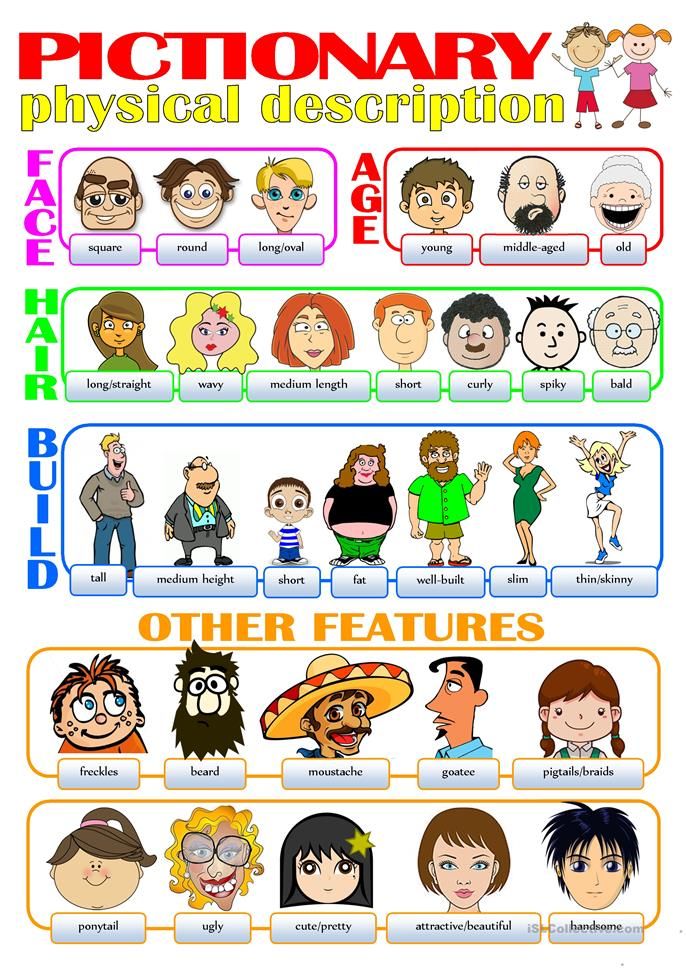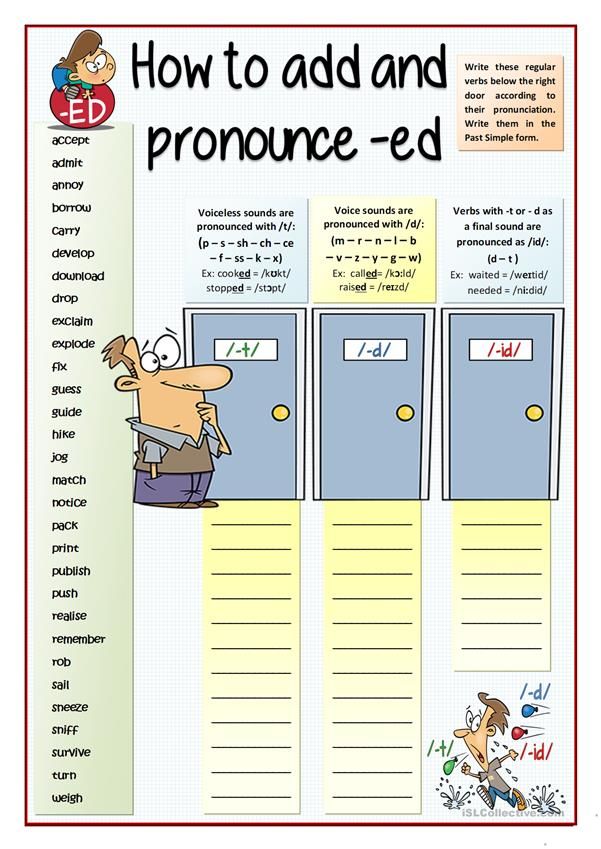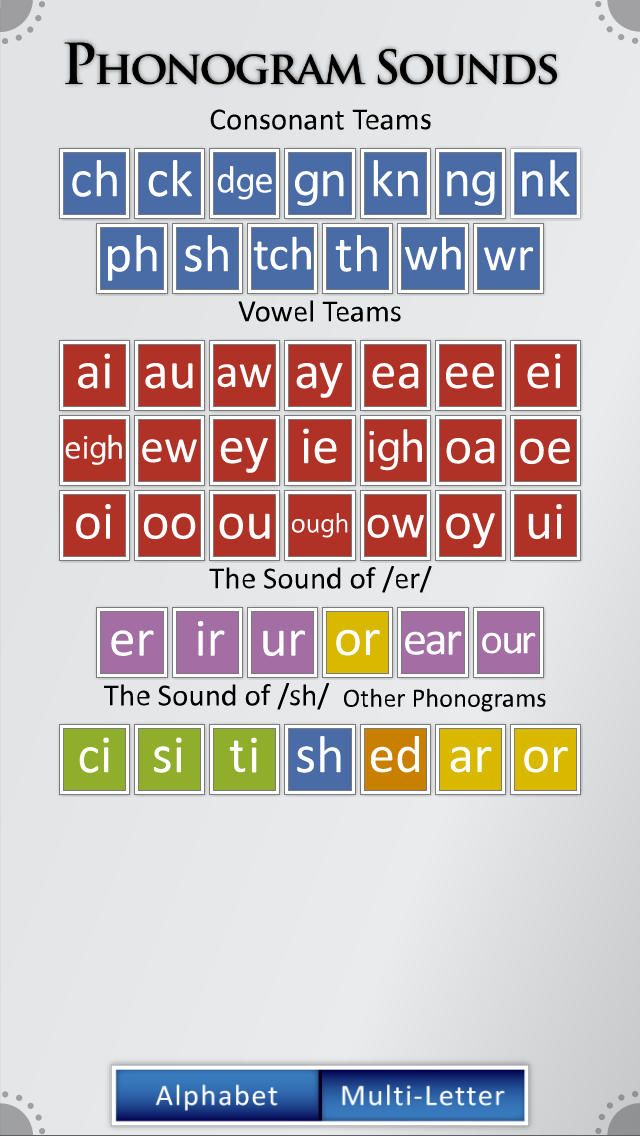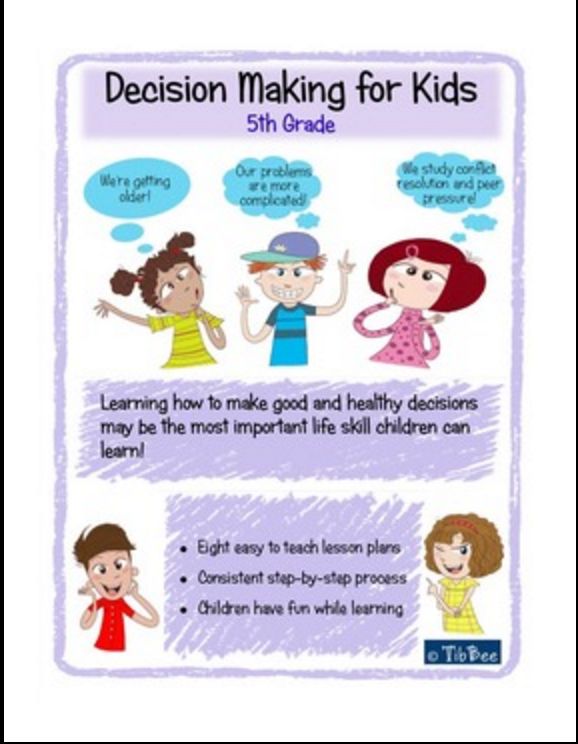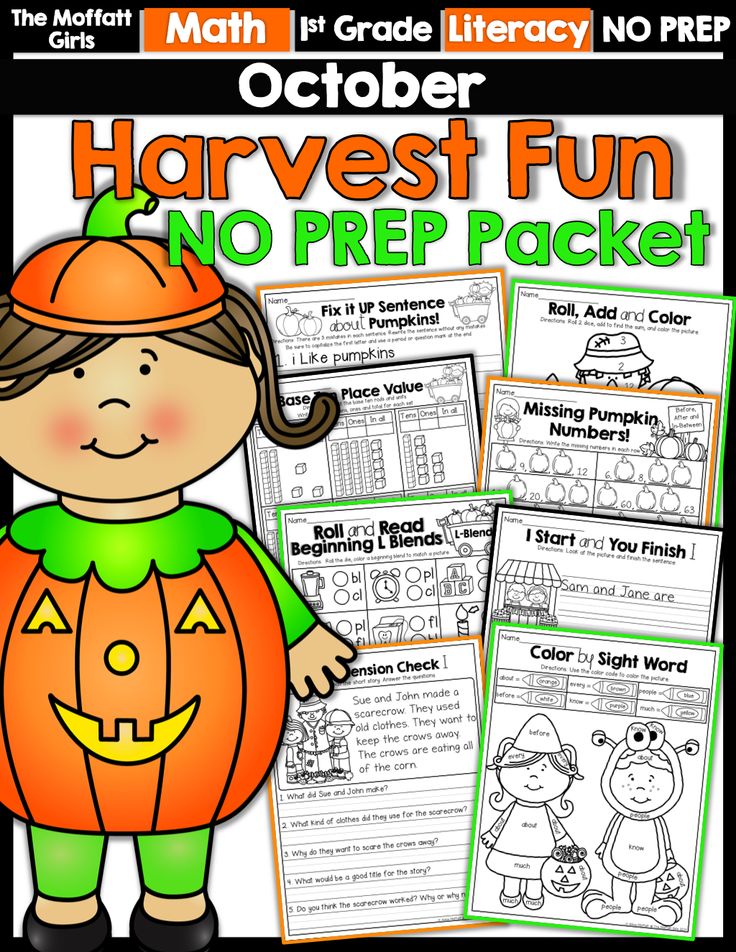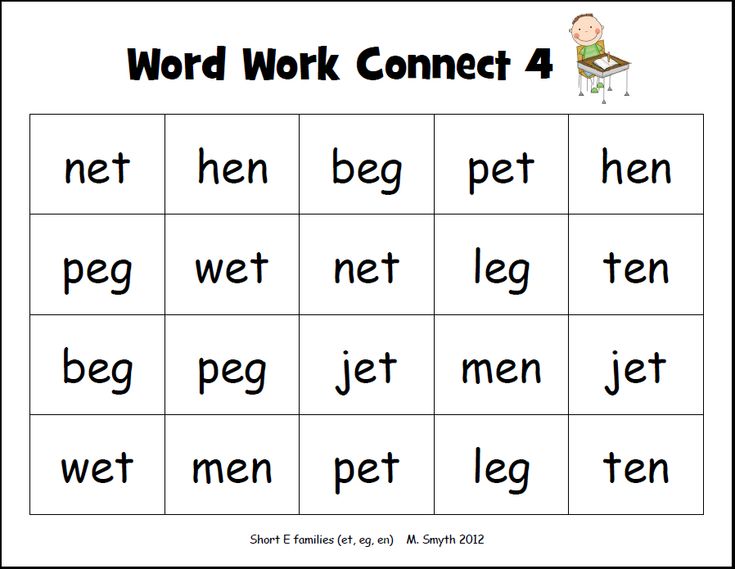Teaching reading skills
Teaching Reading: Strategies & Methods
Various studies show that promoting reading can have a major impact on children and their future. In this article, we’ll look at strategies and methods to support the teaching of reading and comprehension in early elementary school and beyond.
There’s more than one way to teach children to read. So, it’s important to have a range of different strategies and methods to encourage learning in different students.
Teaching reading: strategies & methods
- Read aloud to students
- Provide opportunities for students to read, write and talk about texts
- Read texts repeatedly to support fluency
- Teach children the tools to figure out words they don’t know
- Provide time for studying spoken language, including vocabulary and spelling
- Use prior knowledge to make connections
- Predict
- Visualize
- Summarize
- Teach critical thinking skills
The early years: strategies for teaching reading
Literacy teaching and learning are core responsibilities of teachers and schools. Yet teaching reading and writing is a complex and highly skilled professional activity. Many young learners start school with little knowledge about how to read and write. Teachers are tasked with helping children to bridge the significant gap between linking their written and spoken language. Learning to read is critical, with research showing that reading for pleasure can:
- Promote improved health and wellbeing
- Help build social connections and relationships
- Increase the chances of social mobility.
Literacy development is an evolving and non-linear process that encompasses foundational skills (phonemic awareness), word recognition, reading fluency, vocabulary, and reading comprehension (Simms & Marzano, 2018).
For a student’s ultimate success, teachers must:
- Understand how students learn these skills, and
- Implement best practices when teaching these skills.
Learning to read should include exposure to a wide variety of exciting books from different genres.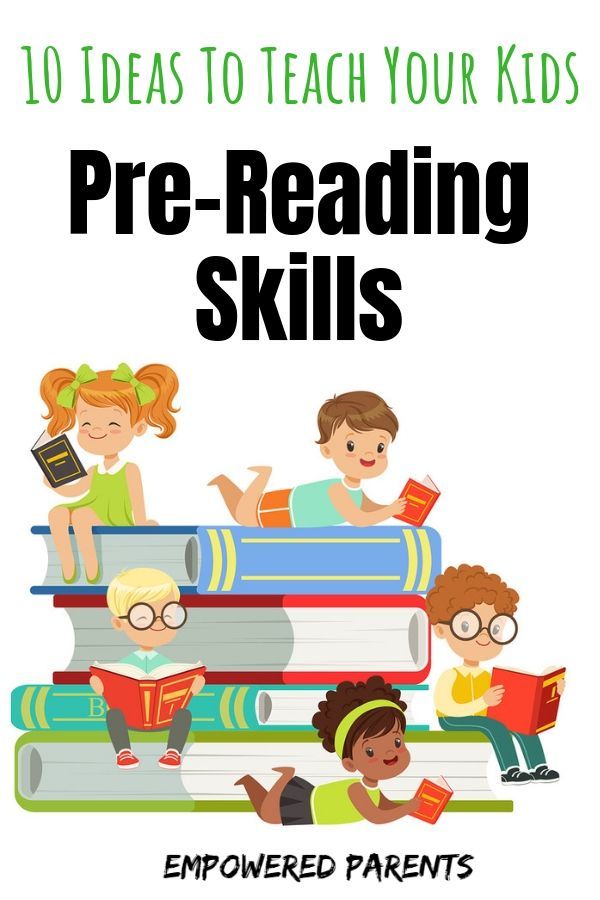 Students should also experience reading through different mediums, such as interactive apps and web content.
Students should also experience reading through different mediums, such as interactive apps and web content.
Here are 10 strategies you can use to support your students in developing their reading skills and boosting comprehension.
1. Read aloud to students
Read-aloud regularly in the classroom and encourage parents to do the same at home. Reading aloud has many benefits for students, including improving comprehension, building listening skills, and broadening their vocabulary development.
2. Provide opportunities for students to read, write, and talk about texts
Regularly giving students time to read, write, and talk about texts can enhance their skill development across multiple areas. For instance, reading more helps you become a better writer. By talking about texts and hearing the perspectives of classmates, young children also have the opportunity to deepen their comprehension. Encourage parents to further engage young readers by asking them to help their child attack difficult words and ask questions about the text that will promote discussions.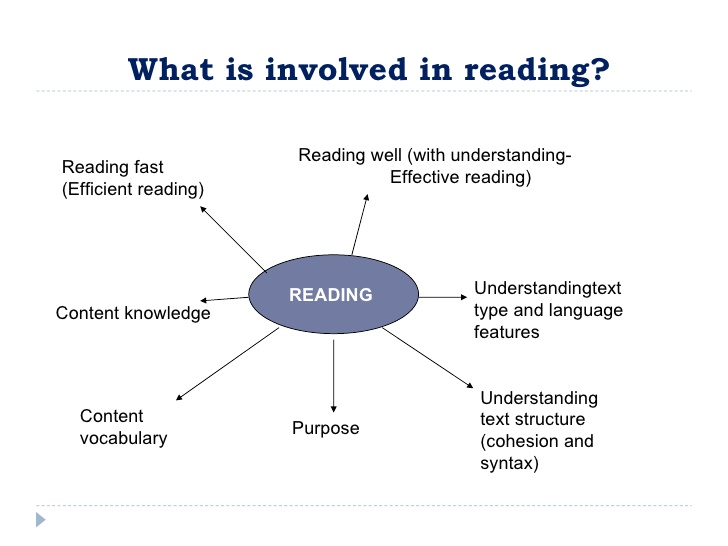
3. Read texts repeatedly to support fluency
Allow students to read the same texts multiple times. By doing this, they not only build fluency but also build confidence. The more confident they become in their reading skills, the more likely they will enjoy reading.
4. Teach children the tools to figure out words they don’t know
Teaching students to read for the ultimate goal of producing independent readers begins by explicitly teaching the code we use to decode words. That starts with teaching phonemic awareness.
Here are some other strategies that support phonics instruction:
- For beginning readers, target words that are decodable. These are regular spellings with regular sounds. (Ex. such – /s/ /u/ /ch/ not gone)
- Sound out each phoneme and blend as you go by going back to the first sound everytime a sound is added. Hold the sound (sing) then add the next sound. Ex. /g/, /r/, gr—, /ow/, grow.
Note: Students may want to look at pictures for context, but this does not help them decode words.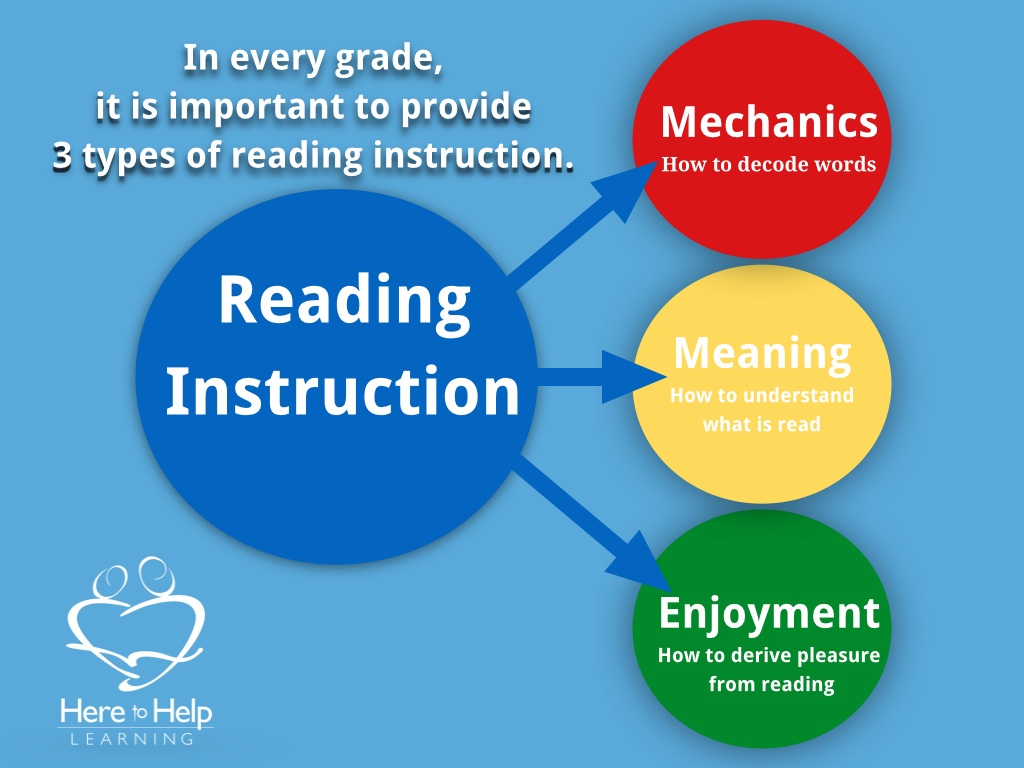 As we encourage students to read more difficult texts, they won’t have pictures to rely on, so encourage them not to use the pictures to decode difficult words.
As we encourage students to read more difficult texts, they won’t have pictures to rely on, so encourage them not to use the pictures to decode difficult words.
This might involve combining strategies, such as:
- Sounding out a word using phonics knowledge
- Looking at the pictures
- Skipping the word and coming back to it after reading the rest of the sentence
- Thinking about what would make sense.
As an elementary teacher, you can support the families of your young students by sharing phonics resources. By providing parents with practical resources, you are setting them up for a productive and positive reading experience with their child.
5. Provide time for studying spoken language, including vocabulary and spelling
A comprehensive approach to teaching reading also includes providing time to develop complementary skills, such as:
- Spoken language, including through conversation or oral presentations
- Vocabulary, such as building class lists while reading texts
- Spelling
- Grammar, such as through bite-sized video content like the Grammar Miniclips series.

6. Use prior knowledge to make connections
Each student brings unique prior knowledge to their reading education. This knowledge is the sum of all experiences they bring to the reading or viewing of a text. This could include personal experiences, cultural or religious experiences and concept knowledge. Prior knowledge helps young readers infer meaning from text, a skill recognized as a predictor of reading comprehension at various developmental stages and one of the drivers of sophisticated reading ability. An early reader can activate prior knowledge and make connections at each stage.
- Before reading, they could ask ‘What do I already know about this topic?’
- During reading, they could reflect ‘This part of the text is just like…’
- After reading, they could offer ‘I know more about this topic now.’
7. Predict
Prediction is about anticipation and working out the actions and ideas coming next. An early reader can use prediction at each stage of reading.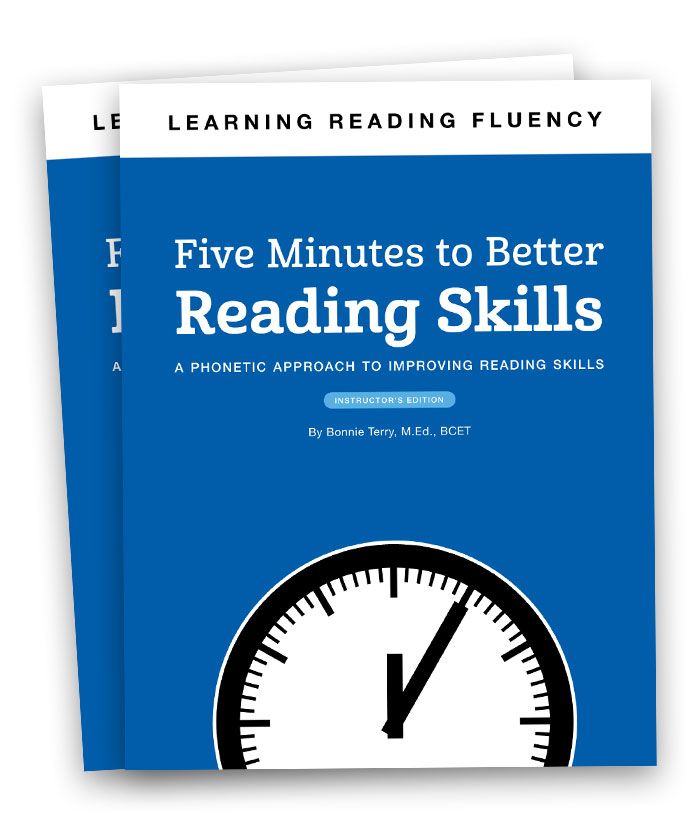
- Before reading, they could suggest ‘From the cover, I think this book will be about…’
- During reading, they could predict which word comes next in a sentence.
- After reading, they could comment on whether their predictions were correct.
8. Visualize
Visualizing combines using your senses and activating prior knowledge to create a mental picture. Ask students to create a “mind movie.” Young readers, especially with a teacher or parent prompting, can draw on their senses to imagine smells, sounds, tastes, and images that go with the story they are reading – like a show or movie in their mind.
9. Summarize
Teaching students to recall the main points or ideas of a story is not easy. First, they need to be able to put the story in order, then put it in their own words before they can articulate a ‘summing up’ of the author’s main ideas. To start to learn to summarize, young students can practice:
- Selecting the key words from a paragraph
- Locating the topic sentence (often found at the start or end of a paragraph)
- Responding to general questions about a story
- Talking through the story in their own words
10.
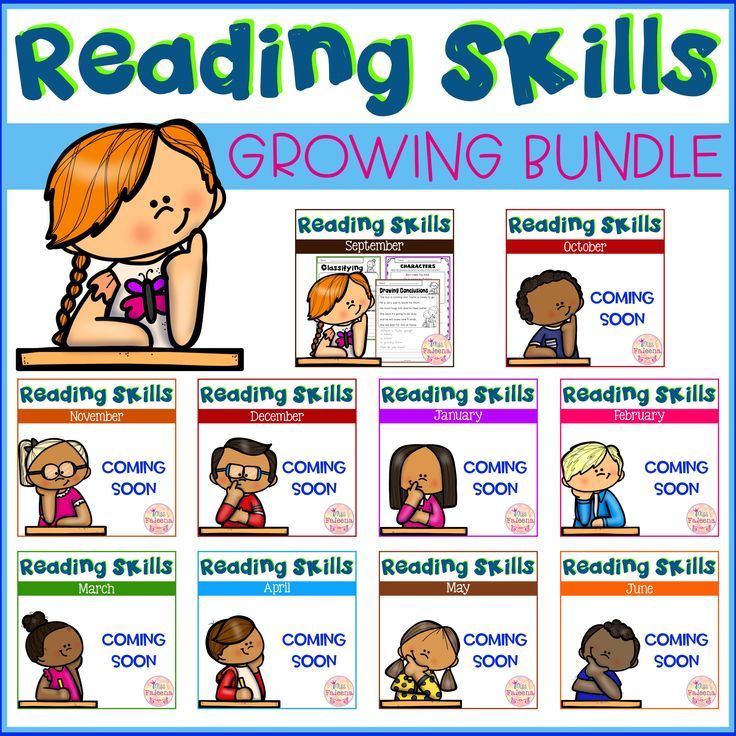 Teach critical thinking skills
Teach critical thinking skillsCritical thinking gets readers to think about why an author creates a text in a particular way (author’s purpose). You can encourage young readers to ask some of the following questions to get them thinking critically about what they are reading:
- Why did the author write this story?
- What did the author leave out of the story?
- How do I feel about this story?
Reading comprehension strategies
Opportunities for teaching reading comprehension occur at all levels throughout the curriculum. Good comprehension draws from both linguistic knowledge and knowledge of the world we live in. Students develop skills in comprehension though high-quality discussion with teachers, and from regularly reading and discussing a range of texts across genres. Therefore, the reading strategies discussed earlier in the article should be practiced, consolidated and expanded on as a student progresses through school.
Growing readers must learn to read on the lines, between the lines, and beyond the lines. Reading will involve literal, interpretive, and inferential comprehension as it deepens in complexity. As students get more advanced, they’ll learn concepts such as transferring knowledge to new contexts and understanding an author’s viewpoint, purpose, and intended audience. And when they acquire those skills, they’ll be able to critically analyze messages and information in a range of literacy modes for various purposes.
Reading will involve literal, interpretive, and inferential comprehension as it deepens in complexity. As students get more advanced, they’ll learn concepts such as transferring knowledge to new contexts and understanding an author’s viewpoint, purpose, and intended audience. And when they acquire those skills, they’ll be able to critically analyze messages and information in a range of literacy modes for various purposes.
Recommendations for teachers to support the progression of reading comprehension:
- Make sure your students spend significant amounts of time reading engaging texts.
- Select texts for students which support authentic learning. These could include topic-based or interest-based texts.
- Give students access to a range of texts in various genres (multimodal, print-based, images, animations, graphic representations, video, audio, diagrams/charts, newspapers/magazines, fiction, non-fiction).
- Identify and discuss vocabulary from rich texts with your students.

- Give your students time to talk to each other about the texts they have read and listened to.
- Give students time to write and reflect on their reading.
Bring English language arts classes to life for your students
ClickView offers a huge range of educational videos for use in your ELA classes for elementary, middle and high school students. We regularly produce high-quality, curriculum-aligned videos and add these to the collection.
Browse English Language Arts Resources
The Basics of Teaching Reading and Writing
Teaching reading is a hugely complicated task. So much so that researcher Louisa Moats ended up entitling her influential article "Teaching Reading IS Rocket Science." (This, incidentally, also became the basis for the Reading Rockets name!)
To strengthen your skills in teaching reading and writing, you may want to try our self-paced online course, Reading 101: A Guide to Teaching Reading and Writing
Print Awareness
Print awareness is understanding that print carries meaning, that books contain letters and words, and how a book "works" — such as identifying the front and back covers and that pages are turned.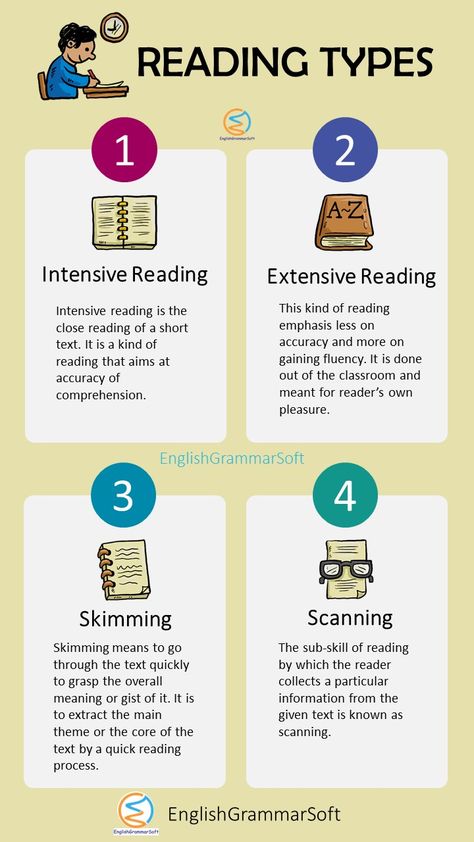
Phonological and Phonemic Awareness
Phonological awareness is the ability to recognize and manipulate the spoken parts of words — including rhymes, syllables, and phonemes.
Phonics and Decoding
Children's reading development is dependent on their understanding of the alphabetic principle — the idea that letters and letter patterns represent the sounds of spoken language.
Fluency
Fluency is the ability to read a text accurately, quickly, and with expression. Fluency is important because it provides a bridge between word recognition and comprehension.
Vocabulary
Vocabulary plays an important part in learning to read. Beginning readers must use the words they hear orally to make sense of the words they see in print.
Spelling
Learning to spell is built on a child's understanding that words are made up of separate speech sounds (phonemes) and that letters represent those sounds.
Comprehension
Comprehension is the reason for reading. Good readers think actively as they read. They use their experiences and knowledge of the world, vocabulary, language structure, and reading strategies to make sense of the text.
Good readers think actively as they read. They use their experiences and knowledge of the world, vocabulary, language structure, and reading strategies to make sense of the text.
Writing
A child's writing development parallels their development as a reader. Writing is a complex task that balances purpose, audience, ideas and organization with the mechanics of writing (sentence structure, word choice, spelling).
Informal Assessment
Regular informal assessments throughout the school year provides useful information that can help teachers to identify the individual strengths and weaknesses of each student.
Who's at Risk?
Some kids have a disability that makes reading difficult to learn. Others come to school without the literacy experiences they need to become readers. Some children struggle because they've received poor or inadequate reading instruction. The more risk factors a child has, the more likely it is that he or she will encounter reading problems.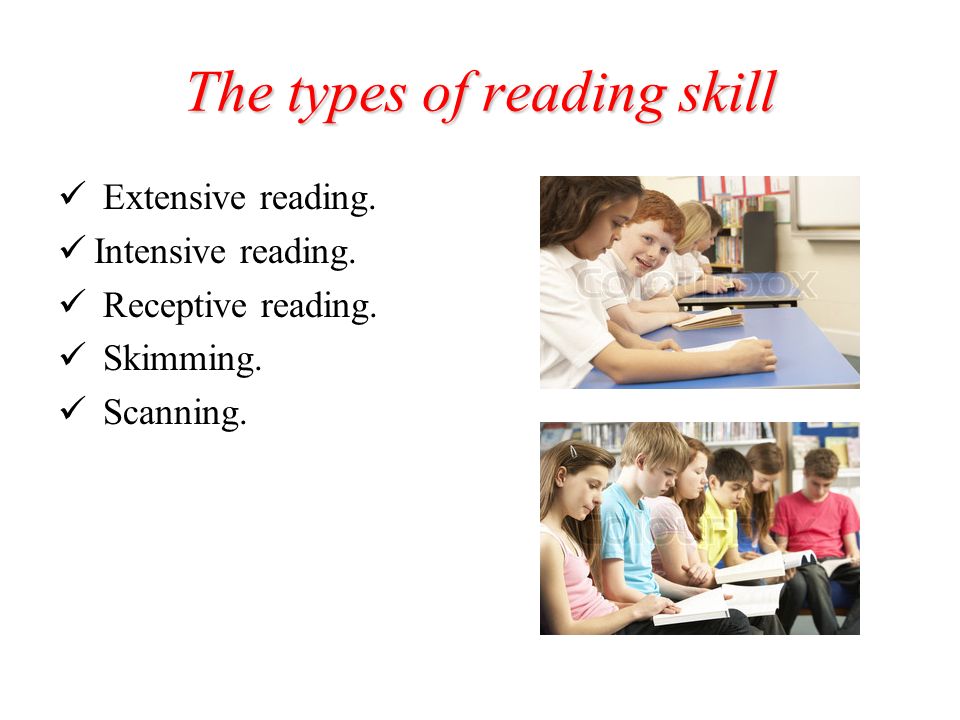
What Else Matters in Teaching Reading
In addition to an excellent reading curriculum, these factors play a critical role in helping students become strong readers: a teacher's skill with classroom management, differentiated instruction, working with the students' parents, and other interventions to help struggling readers.
Featured Video: Reading Basics
Featured Resources
Launching Young Readers
Our award-winning PBS series all about reading.
Classroom Strategies
Browse our library of effective teaching strategies.
Reading 101: A Guide to Teaching Reading and Writing
Our self-paced online course for teachers.
5 Key Skills for Reading
Teachers and parents today are fortunate to have access to a wealth of evidence-based research on what works in teaching children to read.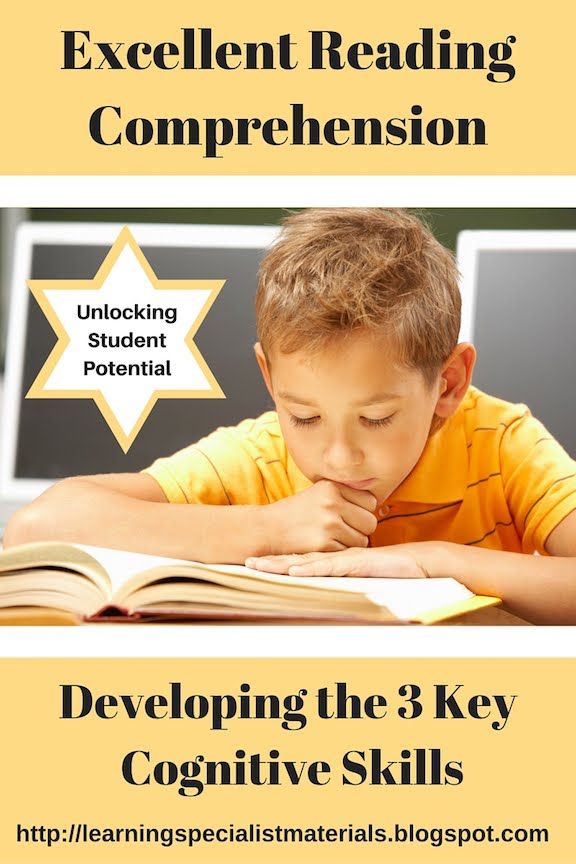
Because of this, we know that teaching children to read, their ability to learn, and their ability to become proficient readers depends on the five key skills that we bring you today.
From birth
The literacy rate of children begins to develop long before the child goes to school. Even the youngest children can begin to be prepared to successfully learn to read. Research has identified skills that are important for literacy development:
-
knowledge of the sound of letters
-
knowledge of letter names
-
speech sound control
-
remembering what was heard
Childhood
From kindergarten through grade 3, young readers actively develop all five key reading skills, from phonemic awareness to reading comprehension. Studies have shown that learning to read during this period requires a certain combination of methods and strategies.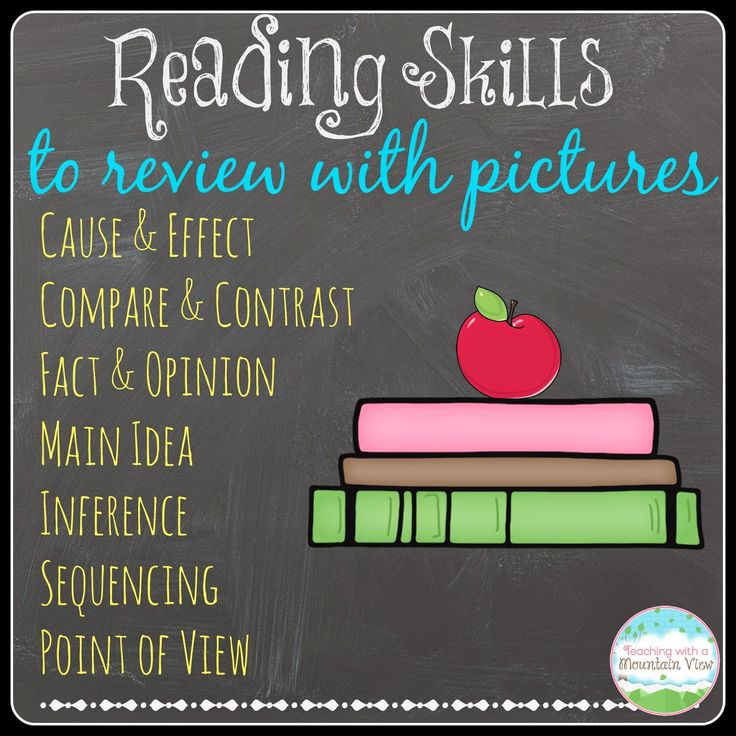 Teachers and parents must understand how children learn and must adapt teaching methods to the individual student's abilities.
Teachers and parents must understand how children learn and must adapt teaching methods to the individual student's abilities.
This is especially important when it comes to children who have difficulty learning to read.
1. Phonemic perception is the ability to perceive a word as a sequence of phonemes - the smallest units of sound that affect the meaning of words. Phonemes are speech sounds represented by the letters of the alphabet.
2. Phoneme decoding - the ability to identify new words by rebuilding groups of letters back into the sounds they represent, link them into a word and learn its meaning.
As challenging as reading is, thanks to advances in neuroscience and technology, we can now target key learning centers in the brain and identify areas and neural pathways that the brain uses to read. Not only do we understand why experienced readers read well and novice readers struggle with reading, but we can also help any reader on the journey from early language acquisition to reading and reading comprehension - it all happens in the brain.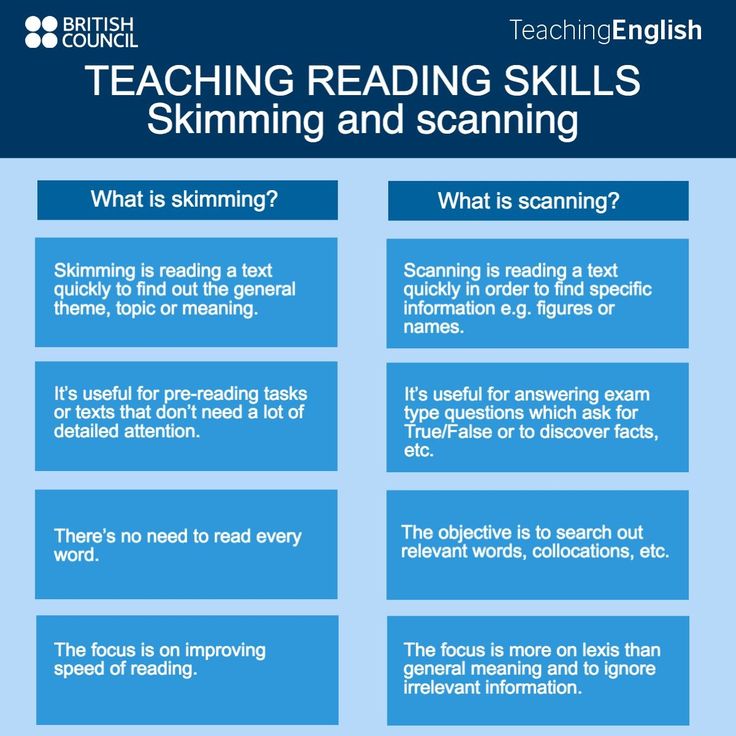
Adolescence
Although the child has already mastered the skills of phonemic perception and decoding, reading comprehension difficulties can often arise at this age. In middle and high school, literacy is formed not only in the language sphere, but also in the development of other disciplines. In order to prepare a student for high school, teachers and parents need to focus on developing the three skills necessary for reading: vocabulary, fluent reading, and reading comprehension.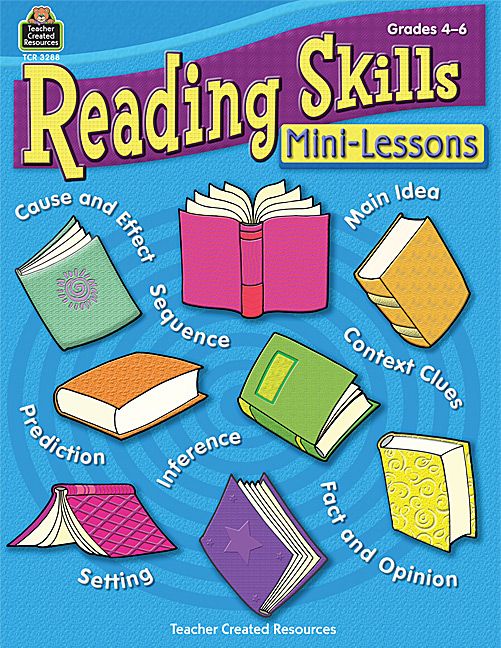
Skills needed to understand the meaning of what is read:
3. Vocabulary - understanding words in a text, including the meaning of words depending on the context.
4. Fluent reading is the ability to read text easily and accurately in such a way that attention is focused on understanding the meaning of what is read, and not on reading technique.
5. Reading comprehension - the ability to analyze the meaning of each part of the text, building an understanding of the whole text, and the ability to reason about its meaning and message.
Retrieved
If you notice your child is having trouble reading, they may need extra help. Created by eminent neuroscientists, the FAST FORWORD computer-based method will quickly and permanently help your child develop all of the above skills and overcome reading and learning difficulties.
Don't delay helping your child! Learn more about the methodology and sign up for trial online classes, because it costs nothing!
Ask for details
Useful material? Share with friends!
Formation of reading skills in children: stages and exercises
Primary school is a special stage in the life of any child, which is associated with the formation of the basics of his ability to learn, the ability to organize his activities. It is a full-fledged reading skill that provides the student with the opportunity to independently acquire new knowledge, and in the future creates the necessary basis for self-education in subsequent education in high school and after school.
It is a full-fledged reading skill that provides the student with the opportunity to independently acquire new knowledge, and in the future creates the necessary basis for self-education in subsequent education in high school and after school.
Interest in reading arises when a child is fluent in conscious reading, while he has developed educational and cognitive motives for reading. Reading activity is not something spontaneous that arises on its own. To master it, it is important to know the ways of reading, the methods of semantic text processing, as well as other skills.
Reading is a complex psychophysiological process in which visual, speech-auditory and speech-motor analyzers take part. A child who has not learned to read or does it poorly cannot comprehend the necessary knowledge and use it in practice. If the child can read, but at the same time he does not understand what he read, then this will also lead to great difficulties in further learning and, as a result, failure at school.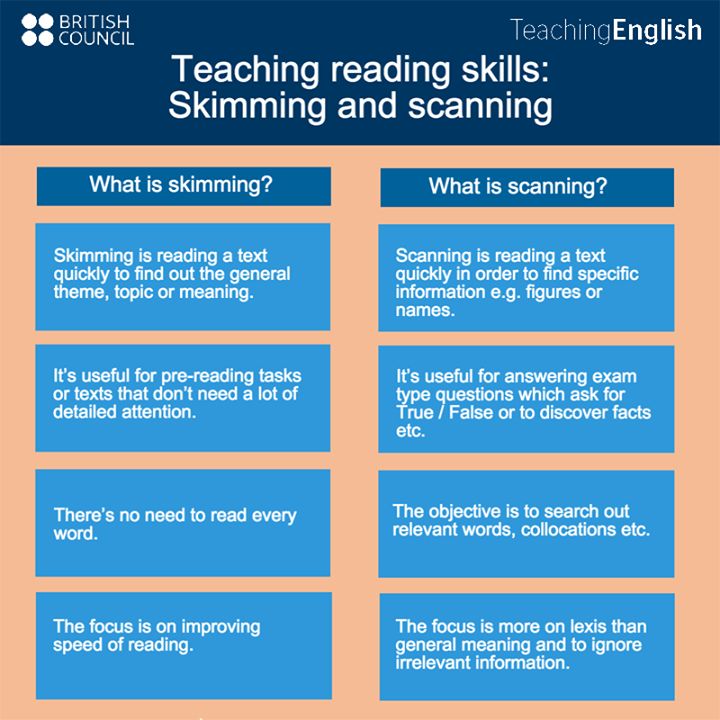
Reading begins with visual perception, discrimination and recognition of letters. This is the basis on the basis of which the letters are correlated with the corresponding sounds and the sound-producing image of the word is reproduced, i.e. his reading. In addition, through the correlation of the sound form of the word with its meaning, the understanding of what is read is carried out.
Stages of developing reading skills
T.G. Egorov identifies several stages in the formation of reading skills:
- Mastery of sound-letter designations.
- Reading by syllable.
- The formation of synthetic reading techniques.
- Synthetic reading.
The mastery of sound-letter designations occurs throughout the entire pre-letter and literal periods. At this stage, children analyze the speech flow, sentence, divide it into syllables and sounds. The child correlates the selected sound from speech with a certain graphic image (letter).
Having mastered the letter, the child reads the syllables and words with it. When reading a syllable in the process of merging sounds, it is important to move from an isolated generalized sound to the sound that the sound acquires in the speech stream. In other words, the syllable must be pronounced as it sounds in oral speech.
At the stage of syllable-by-syllable reading, the recognition of letters and the merging of sounds into syllables occurs without any problems. Accordingly, the unit of reading is the syllable. The difficulty of synthesizing at this stage may still remain, especially in the process of reading long and difficult words.
The stage of formation of synthetic reading techniques is characterized by the fact that simple and familiar words are read holistically, but complex and unfamiliar words are read syllable by syllable. At this stage, frequent replacements of words, endings, i.e. guessing reading takes place. Such errors lead to a discrepancy between the content of the text and the read.
The stage of synthetic reading is characterized by the fact that the technical side of reading is no longer difficult for the reader (he practically does not make mistakes). Reading comprehension comes first. There is not only a synthesis of words in a sentence, but also a synthesis of phrases in a general context. But it is important to understand that understanding the meaning of what is read is possible only when the child knows the meaning of each word in the text, i.e. Reading comprehension directly depends on the development of the lexico-grammatical side of speech.
Features of the formation of reading skills
There are 4 main qualities of reading skill:
- Correct. By this is understood the process of reading, which occurs without errors that can distort the general meaning of the text.
- Fluency. This is reading speed, which is measured by the number of printed characters that are read in 1 minute.
- Consciousness.
 It implies understanding by the reader of what he reads, artistic means and images of the text.
It implies understanding by the reader of what he reads, artistic means and images of the text. - Expressiveness. It is the ability by means of oral speech to convey the main idea of the work and one's personal attitude to it.
Accordingly, the main task of teaching reading skills is to develop these skills in schoolchildren.
All education in the primary grades is based on reading lessons. If the student has mastered the skill of reading, speaking and writing, then other subjects will be given to him much easier. Difficulties during training arise, as a rule, due to the fact that the student could not independently obtain information from books and textbooks.
Methods and exercises for developing reading skills
In educational practice, there are 2 fundamentally opposite methods of teaching reading - linguistic (the method of whole words) and phonological.
Linguistic method teaches the words that are most commonly used, as well as those that are read the same as they are written. This method is aimed at teaching children to recognize words as whole units, without breaking them into components. The child is simply shown and said the word. After about 100 words have been learned, the child is given a text in which these words are often found. In our country, this technique is known as the Glenn Doman method.
This method is aimed at teaching children to recognize words as whole units, without breaking them into components. The child is simply shown and said the word. After about 100 words have been learned, the child is given a text in which these words are often found. In our country, this technique is known as the Glenn Doman method.
The phonetic approach is based on the alphabetical principle. Its basis is phonetics, i.e. learning to pronounce letters and sounds. As knowledge is accumulated, the child gradually moves to syllables, and then to whole words.
Reading begins with visual perception, discrimination and recognition of letters. This is the basis on the basis of which the letters are correlated with the corresponding sounds and the sound-producing image of the word is reproduced, i.e. his reading. In addition, through the correlation of the sound form of the word with its meaning, the understanding of what is read is carried out.
In addition, there are several other methods:
- Zaitsev method .
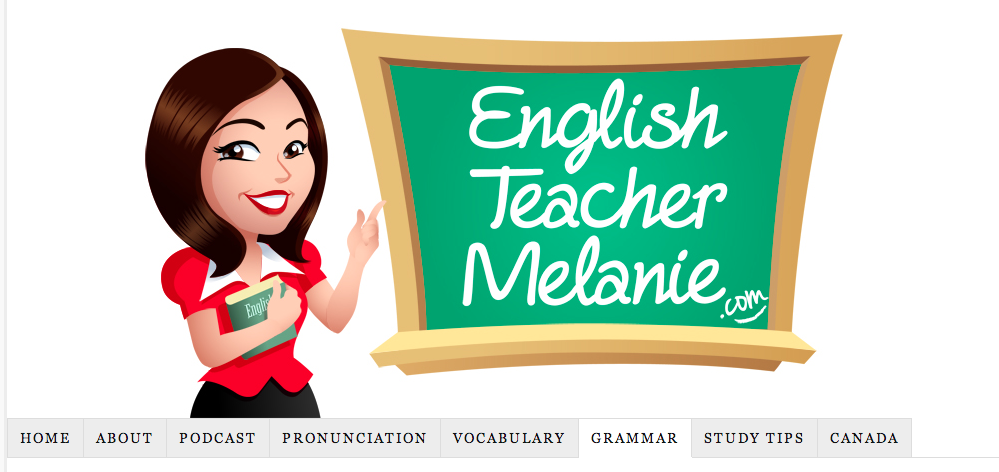 It involves teaching children warehouses as units of language structure. A warehouse is a pair of a consonant and a vowel (either a consonant and a hard or soft sign, or one letter). Warehouses are written on different faces of the cube, which differ in size, color, etc.
It involves teaching children warehouses as units of language structure. A warehouse is a pair of a consonant and a vowel (either a consonant and a hard or soft sign, or one letter). Warehouses are written on different faces of the cube, which differ in size, color, etc. - Moore method. Learning begins with sounds and letters. The whole process is carried out in a specially equipped room, where there is a typewriter that makes sounds and names of punctuation marks and numbers when a certain key is pressed. Next, the child is shown a combination of letters that he must type on a typewriter.
- Montessori method. It involves teaching children the letters of the alphabet, as well as the ability to recognize, write and pronounce them. After they learn how to combine sounds into words, they are encouraged to combine words into sentences. The didactic material consists of letters that are cut out of rough paper and pasted onto cardboard plates. The child repeats the sound after the adult, after which he traces the outline of the letter with his finger.
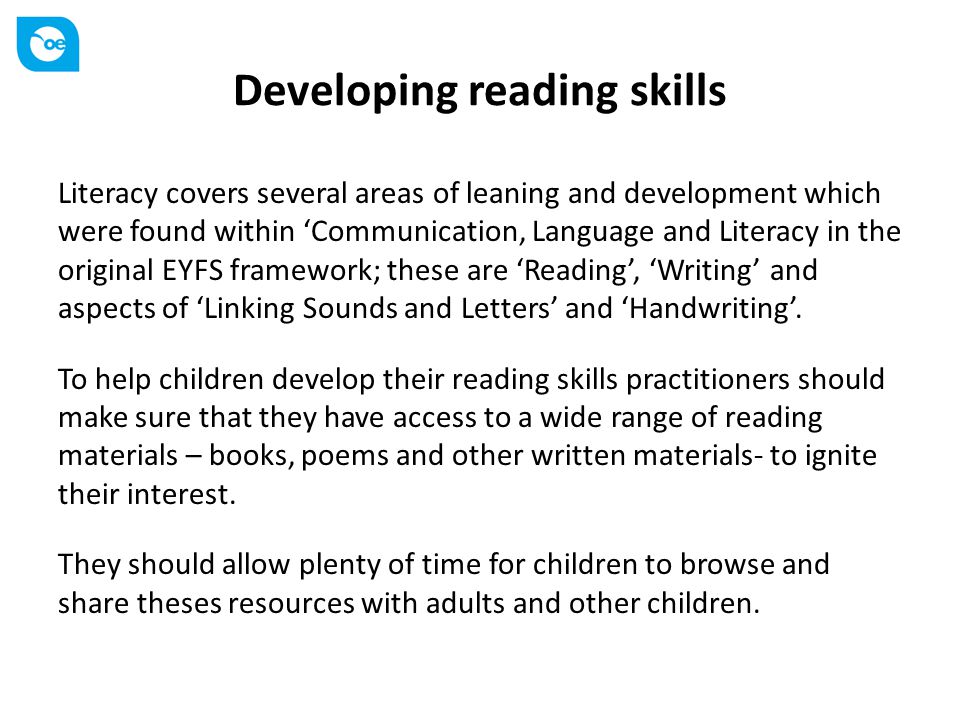
- Soboleva O.L. This method is based on the "bihemispheric" work of the brain. By learning letters, children learn them through recognizable images or characters, which makes it especially easy for children with speech disorders to learn and remember letters.
There is no universal methodology for developing reading skills. But in modern teaching methods, a general approach is recognized when learning begins with an understanding of sounds and letters, i.e. from phonetics.
There are certain exercises that help build reading skills. Here are a few of them:
- Reading lines backwards letter by letter. The exercise contributes to the development of letter-by-letter analysis. The meaning is simple - the words are read in reverse order, i.e. from right to left.
- Reading through the word. You do not need to read all the words in a sentence, but jumping over one.

- Reading dotted words. Words are written on the cards, but some letters are missing (dotted lines are drawn instead).
- Read only the second half of the word. Read only the second part of the word, the first part is omitted. The exercise contributes to the understanding that the second part of the word is no less important than the first, thereby preventing the omission (or reading with distortion) of the endings of words in the future.
- Reading lines with the upper half covered. A piece of paper is superimposed over the text so that the top of the stitching is covered.
- Fast and multiple repetition. The child should repeat a line of a poem or a sentence aloud as quickly as possible and several times in a row. Correct pronunciation is extremely important, so if necessary, you need to stop and correct the child.
- Find the words in the text. The child is faced with the task of finding words in the text as quickly as possible.

Learn more

